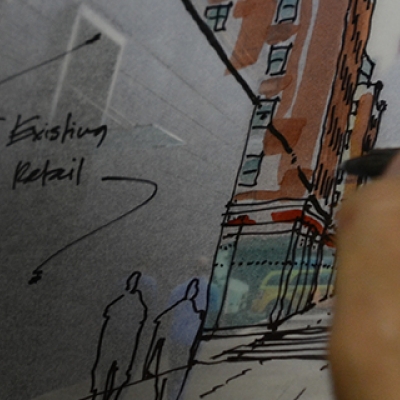Webinar: Saving Our Suburbs Part 1
The formulas that guided suburban growth for more than 60 years no longer work. How can suburbs adapt to increasingly complex social, economic, fiscal, and environmental demands? What new approaches can help them secure their futures?



